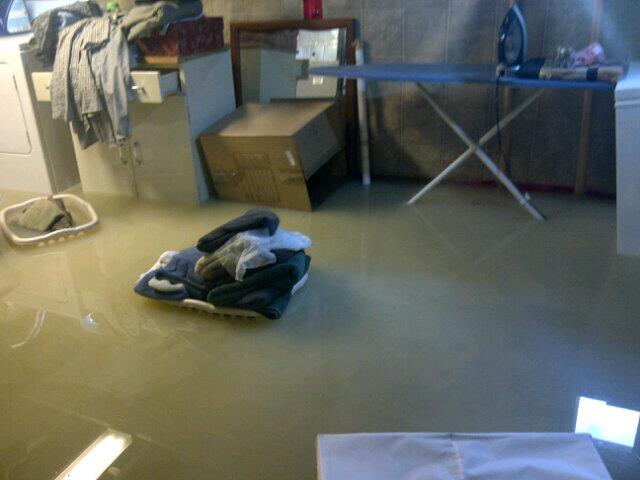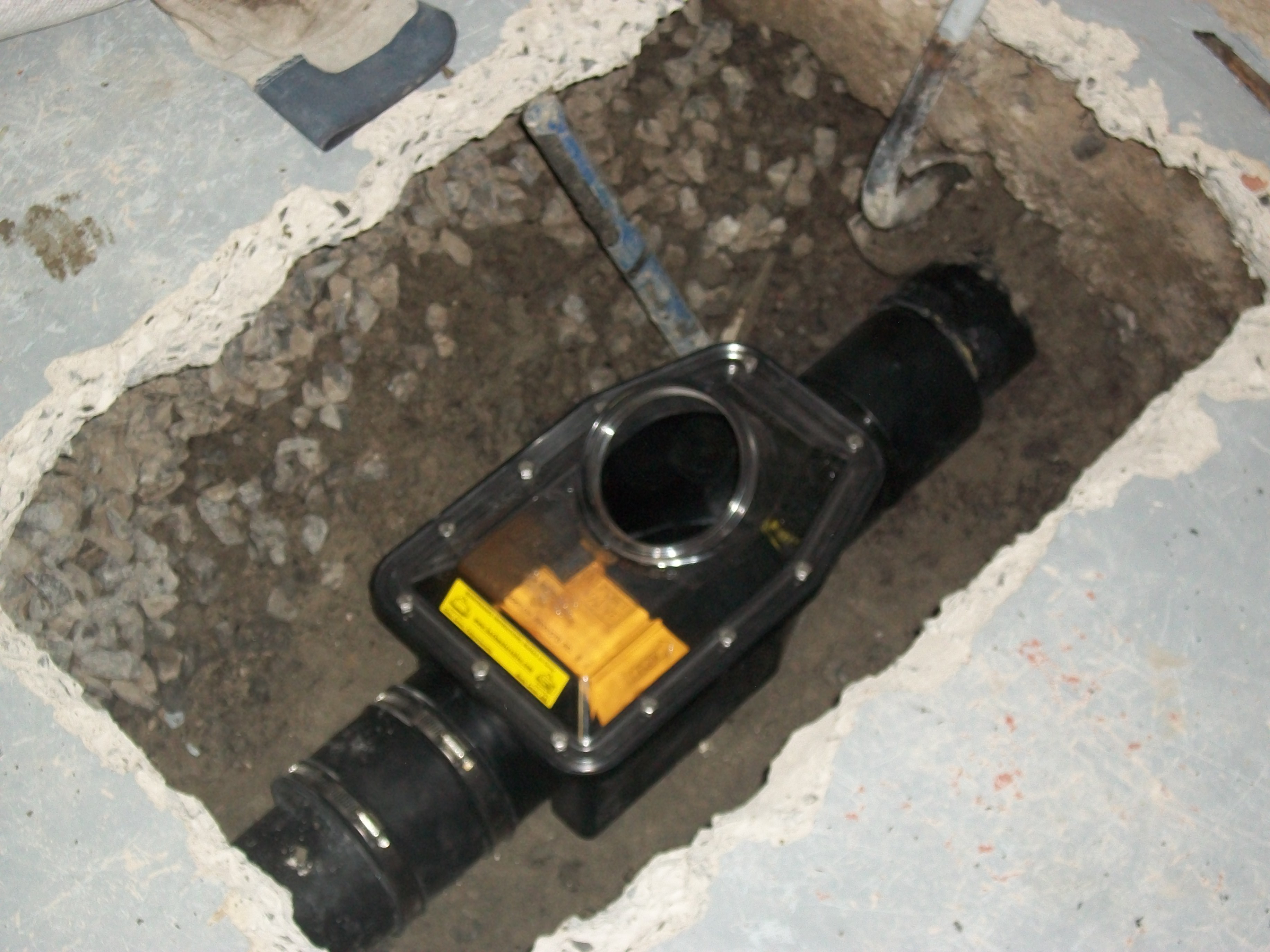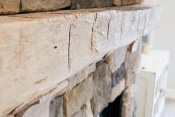
Photo Credit: Anne Blayney
The recent ‘100 year flood’ in Toronto is a good reminder of the damage water can do and how quickly damage can happen. In the days after the flood, the news and Twitter were filled with flood stories documenting the amount of dirty, smelly work involved in cleaning up basements that filled with water and sewage. It is impossible to stop all damage due to water but there are steps you can take to reduce the possibility of water creeping, seeping and flooding into you home. Surface water and run-off water can work its way through the foundation. Ground water can come up through the concrete floor. Sewage and storm water can back up through floor drains and plumbing fixtures. Rain water can also work its way through roofs, windows, flashings and walls. In a major storm situation, all of these can come into play.
We can’t install big umbrellas over our houses -although that would be very cool. We can take some preventative steps to deal with water brought on big storms. Solutions range in cost and complexity, but here are 6 relatively easy options for reducing the possibility of water damage in your home:
- Grading: Make sure the ground around your house is sloping away so water runs away from the foundation
- Downspouts & Eaves Troughs: Make sure eaves trough are large enough to handle the volume of water directed from the roof. Make sure to keep troughs free of debris and direct downspouts well away from the house (preferably into a rain barrel or two). Be careful not to direct water to your neighbour’s property.
- Window Well Covers: Install clear plastic covers over window wells where the house overhangs are not wide enough to do the job.
- Sump Pumps: If your home has a sump pump make sure to test it regularly to see that it still works. In cases where the pump runs often you might consider installing a second pump a little higher than the first as a back-up. You could also look at installing a battery back-up with an alarm for added protection if the power goes out (a real possibility in a storm).
- Backwater Valves: You might consider having a backwater valve installed in the waste water line in your basement that will allow the sewage generated in your house to leave but a flapper system prevents sewage from flowing back into your house from the City system if that system becomes overwhelmed with water.
- Exterior of House: Check the caulking around windows, doors, flashings and vents for signs of cracking or drying out. Look for loose or missing shingles, loose siding pieces and missing mortar. Water can get through cracks like these easily.
In an ideal situation, you would be able to control all the water that lands on your property and not send any of it into the storm water system. REEP House, on Mill Street in Kitchener, is an excellent example of storm water management. This house showcases energy and water innovations that are easily accessible to the average homeowner. REEP Green Solutions also offers Rain Home Visits from a certified RAIN guide to give you expert advice for dealing with water issues on your property. REEP offers this service for FREE! (but I would suggest giving a donation to help them continue their valuable work).
Water is essential to daily living but we don’t want it in our basements. With a little effort, thought and diligence, you can prevent the headache and drama that comes with water creeping, seeping and flooding your home.
-Trent











